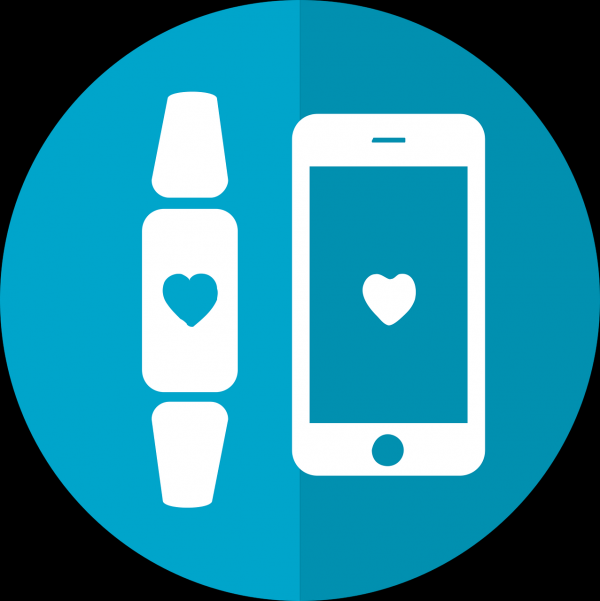Blood Oximetry: What Is It, And Do You Need This Data?

smartwatches can now measure oxygen saturation in the blood
Exercising and being fit might be one of your goals earlier in the year. Jogging, biking, and running might be comprising your workout routine. You might see fitness enthusiasts wearing those high-end watches, which shows the percentage in them is called pulse oximetry or blood oxygen saturation, measured in SpO2. But what is it really, and does it matter? Read more to find out.
ALSO READ: At-Home Blood Pressure Monitor: 5 Things to Consider When Choosing a Reliable One
What is blood oximetry?
In an interview with Bicycling, Jonathan Parsons, MD, a pulmonologist at the Ohio State University Wexner Medical Center, it is a non-invasive way to measure oxygen saturation in the red blood cells. He added that pulse oximeters could be attached to the fingers, nose, forehead, foot, toes, and ears, but the most familiar would be the finger sensor, which is commonly used by doctors.
John Hopkins Medicine added that the method is painless and easy, and it measures how the oxygen is being distributed or dispersed to different parts of the body farthest from the heart, such as arms and legs. Usually, oximeters come in a clip-like device placed on the body as mentioned earlier parts, and the data gathered will help the healthcare provider decide if the patients need extra oxygen.
With the advent of technology, smartwatches from various companies have this feature, but how does it work? According to Dr. Parson, the sensor emits infrared light that hits the blood cells in the interview. The light is absorbed differently by those with hemoglobin with oxygen; then, it can quantify the difference and give a percentage of red blood cells that carry the oxygen.
However, Atul Malhotra, MD, a critical care pulmonologist and sleep medicine specialist at UC San Diego Health, said that these watches are accurate enough to give a ballpark number and frame of reference as to how the numbers are trending.
READ ALSO: Study Finds Abnormal Levels of Blood Pressure While Asleep Increase Risk of Heart Disease
Why do you need Pulse Oximetry?
According to Bicycling, understanding what is normal for an individual in terms of different health metrics is valuable because you stay updated on what's going on in your body. John Hopkins Medicine said that this might be used during or after surgery or procedures that use sedation, to check a person's ability to handle increased activity levels, to see if a ventilator is needed to aid in breathing or even see how eel the ventilator is working, check if an individual has a moment where breathing stops, or to see how well medicines for the lungs are working.
American Thoracic Society said in their patient education information series that Pulse oximetry is needed for people who have lung disease because their oxygen levels are low, which may affect the cells in the body and have a hard time functioning. They added that most people need at least an 89% oxygen saturation level to keep their cells healthy. American Thoracic Society stressed that having an oxygen saturation lower than 89% is believed not to cause damage. However, cells can be worn-out when oxygen levels drop most of the time. This means that knowing your oxygen saturation through pulse oximetry will help you control and monitor how oxygen is distributed in your body.
READ NEXT: Flavonoids in Some Food and Beverage Products Could Help Lower Blood Pressure
Check out more news and information on Medical Technology on MD News Daily.
Nov 05, 2020 09:00 PM EST





